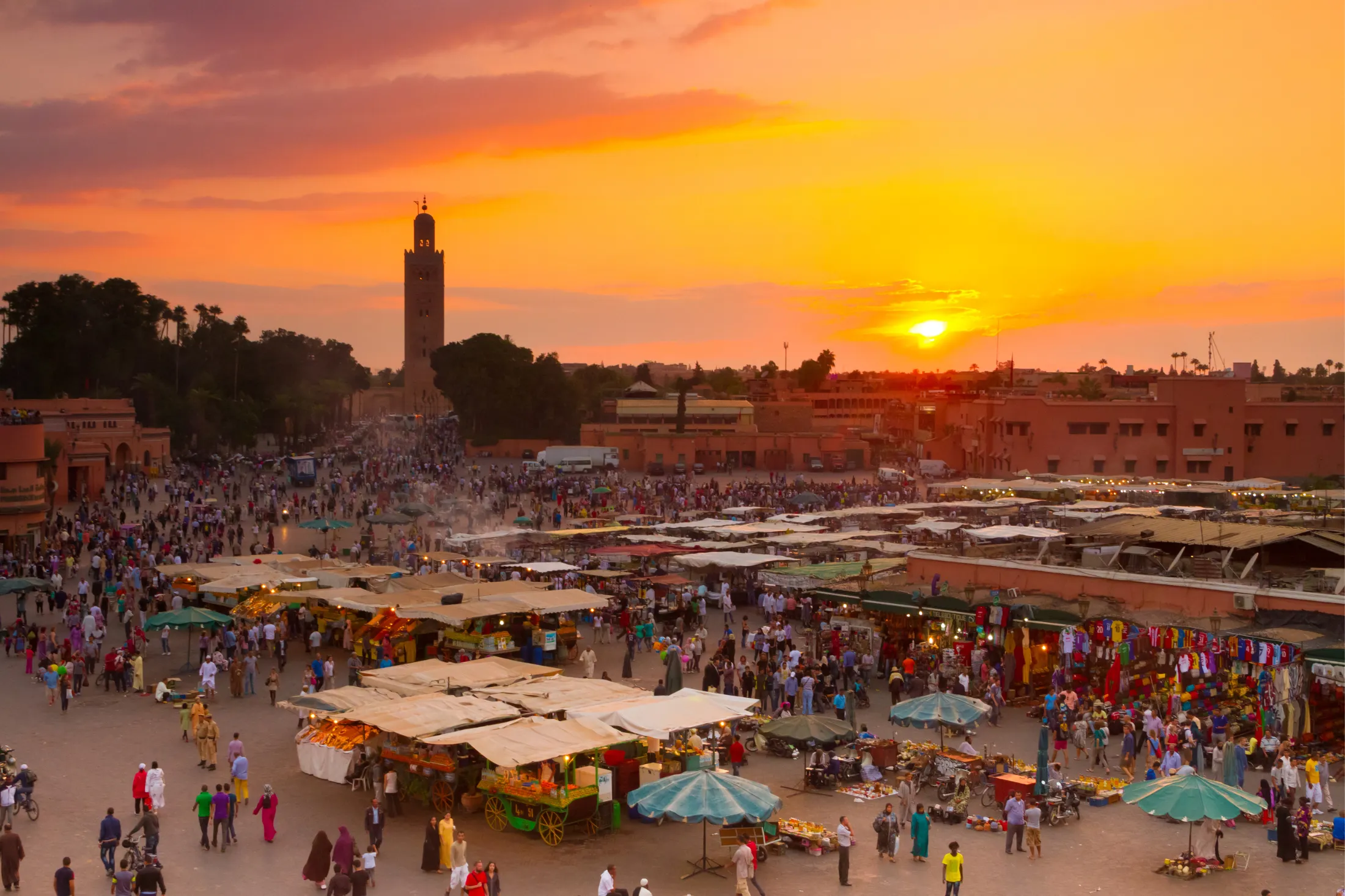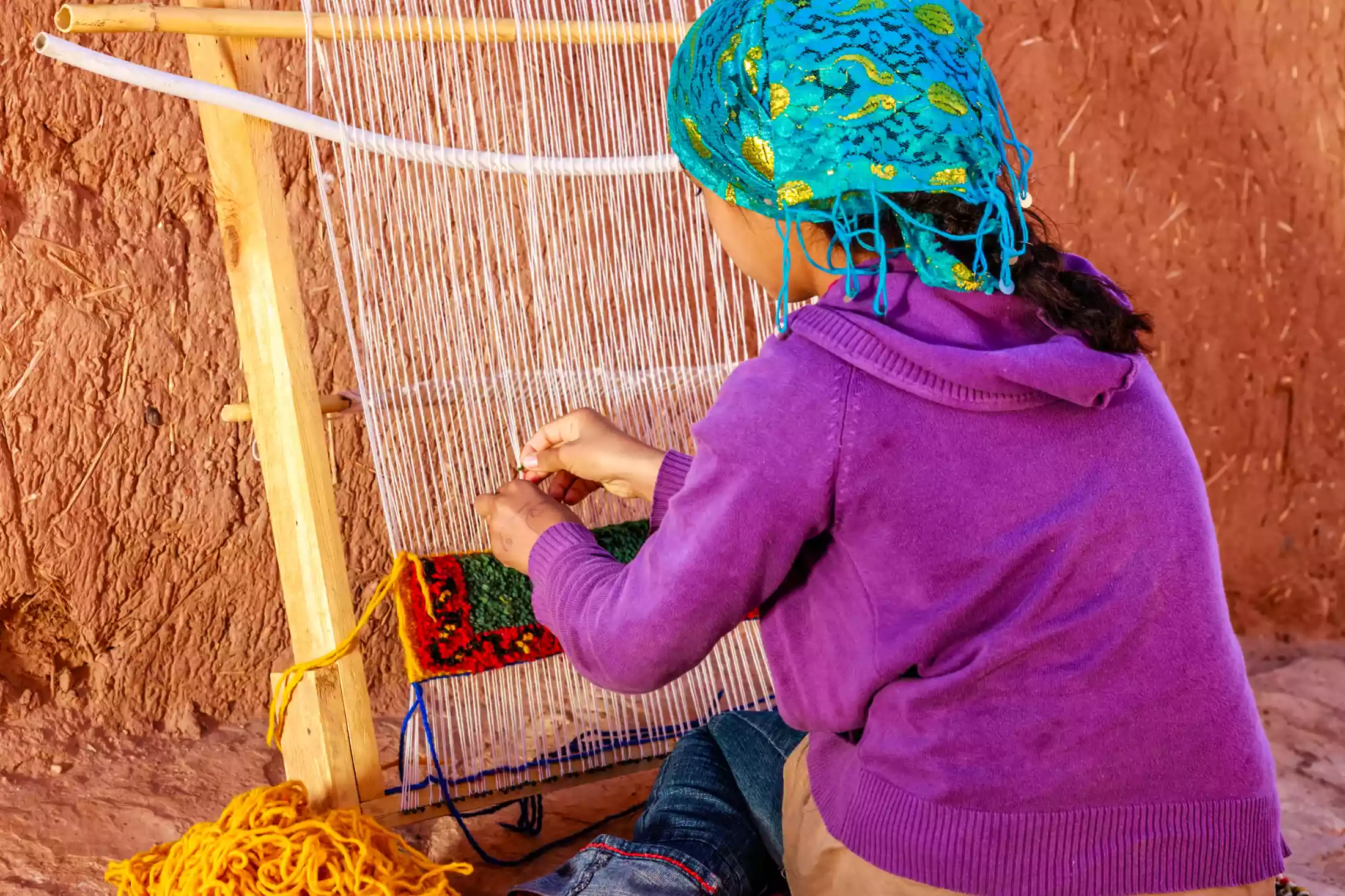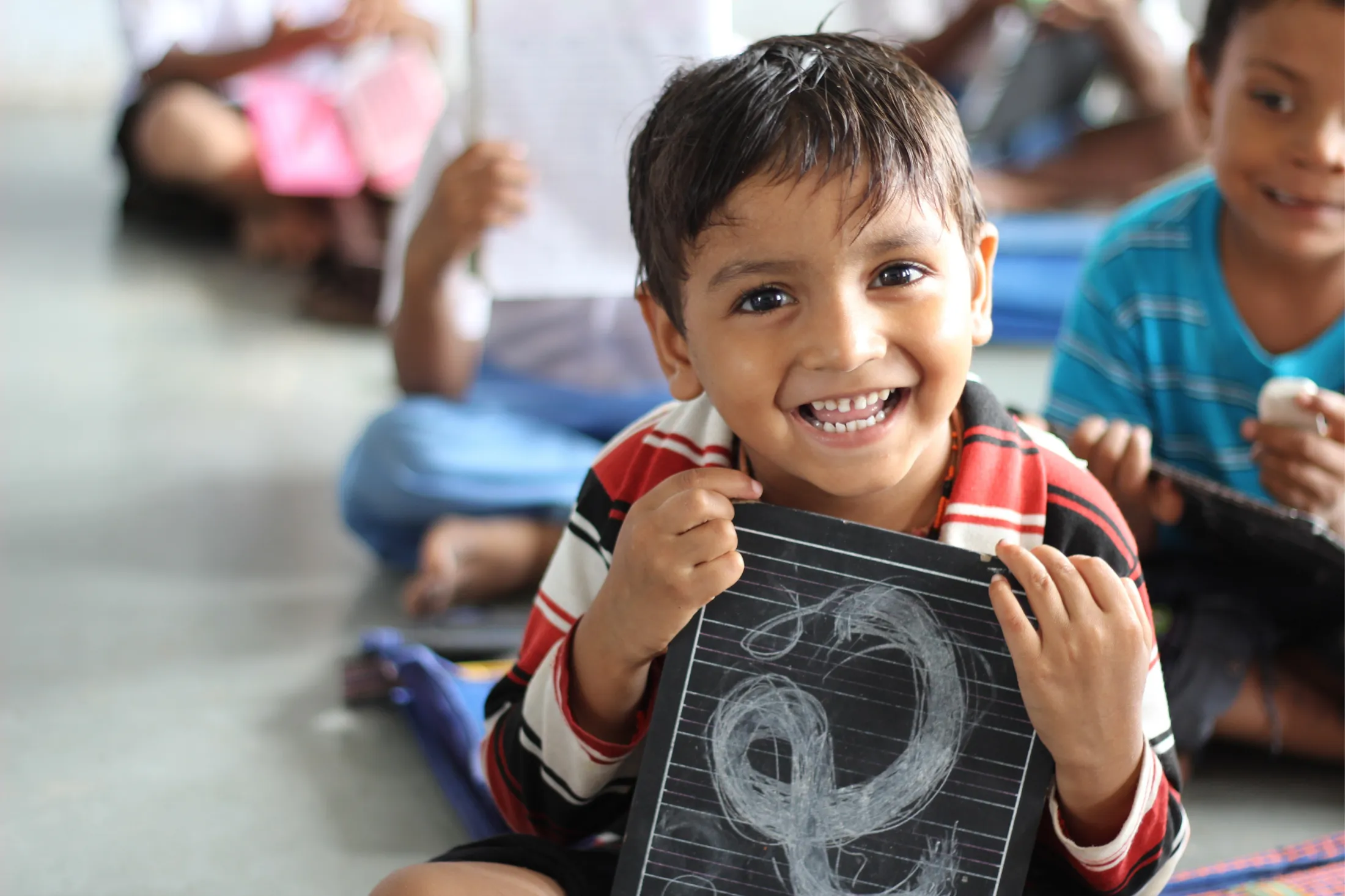In the heart of North Africa lies Morocco, a nation with a rich tapestry of cultures and histories and a cornerstone of this legacy is the multifaceted Morocco Language landscape, influenced by years of colonization, trade, and diplomacy.
Morocco Language: A Deep Dive into its Linguistic Landscape
Arabic: The Heartbeat of Morocco and Its Undying Resonance

Historically, Arabic has been at the core of Morocco’s identity, serving as a timeless testament to its rich heritage and cultural lineage. Its profundity is not just confined to historical texts or ancient tales, but is vibrantly alive in the present-day Moroccan ethos. Modern Standard Arabic (MSA) exemplifies this continuity, holding a distinguished position in areas of administration, business, and diplomacy. Yet, what makes Morocco a true linguistic marvel is its connection with traditions. As MSA resonates with the melodies of the past, French interweaves, adding a contemporary rhythm to the nation’s multilingual way of speaking. This dynamic coexistence showcases Morocco’s adaptability, honoring its roots while embracing the future.
The Dominance of French in Morocco: A Language Rooted in History and Nurtured by Modernity

Colonial Legacy and Beyond: The presence of the French language in Morocco is not merely a linguistic affair; it’s a chronicle of a nation’s journey through history. The footprints of French in Morocco can be traced back to its colonial past, where the language played a pivotal role in the nation’s administration, culture, and society. But the story didn’t end with the colonial era. Today, French continues to serve as a bridge between Morocco’s rich heritage and its aspirations on the global stage.
French in Governance and Commerce: In the intricate tapestry of Morocco’s socio-political and economic landscape, French threads its way as one of the two esteemed prestige languages. Its influence is palpable in the corridors of Moroccan business hubs, government offices, and diplomatic circles. Its role is not merely that of a ceremonial language; French in Morocco facilitates critical negotiations, drafts key policies, and underpins major business deals.
A Unifying Tongue Amidst Diversity: As Morocco thrives as a melting pot of cultures and ethnicities, French emerges as a lingua franca – a common language that brings people together. It aids Moroccans from different backgrounds to communicate, share ideas, and build relationships, ensuring that the nation’s diverse voices find a harmonious rhythm.
Delving into the Numbers: The prominence of French in Morocco isn’t just anecdotal; it’s supported by a plethora of statistics. According to the OIF, 36% of Moroccans converse fluently in French. However, some 2014 data suggests that this percentage could be as high as 64%. Delving deeper, a significant 66% of Morocco’s literate populace showcases proficiency in reading and writing in French. This linguistic prowess extends to the realm of academia as well. Nearly half of Moroccan students, 47% to be exact, find their lessons enveloped in the cadences of the French language.
An Evolving Relationship: While the historical ties between Morocco and the French language are undeniable, their bond is not static. It’s an ever-evolving relationship, nurtured by mutual respect and the shared aspirations of a nation poised to make its mark on the global arena.
The Spanish Imprint on Morocco: A Tale of Historical Ties and Modern Transitions

Colonial Footsteps in the Sands: Morocco’s northern territories and the vast expanses of Western Sahara are more than just geographical regions; they’re living museums of Spanish colonial history. The erstwhile Spanish colonies have not only been witness to the expansion of Spanish empire but have also absorbed the language and the culture that came with it. Especially in areas adjacent to Spanish enclaves such as Ceuta and Melilla, remnants of Spanish influence are palpable, and one can still catch Spanish TV broadcasts or hear the language in the marketplaces and cafes.
The Cultural Interplay: Beyond governance and education, the Spanish influence seeped into the Moroccan way of life. From culinary tastes to architectural styles and festivals, Spain left an indelible mark on the fabric of Moroccan culture. In regions that were once under Spanish control, there’s a harmonious blend of Moroccan and Spanish customs, creating a unique cultural fusion.
Shifting Linguistic Landscapes: However, the ebb and flow of history and politics led to significant shifts in Morocco’s linguistic landscape. The declaration of independence in 1956 was a pivotal moment, signaling a gradual decline in the use of Spanish as Arabic and French gained prominence in administration, education, and business. While the sounds of Spanish were once ubiquitous, they started to recede into the background.
Educational Trends Reflecting the Shift: This changing dynamic is evident in the educational choices of Moroccans over the years. Spanish, once a popular choice, saw a decline in interest among students. This downward trajectory is highlighted by data from the Cervantes Institute, which paints a telling picture: from a whopping 50,000 Moroccan students learning Spanish in 2005, the number plummeted to just 11,409 by 2016.
Enduring Legacy Amidst Change: Despite the decline, the Spanish legacy in Morocco is far from forgotten. While it might not hold the same dominance it once did, the Spanish language and culture remain an integral thread in the rich tapestry of Morocco’s history, echoing a time of colonial ties and cultural exchanges.
Berber (Tamazight): The Resonating Echo of Morocco's Indigenous Legacy

Rooted in the sands of time, the Berber language, or Tamazight, stands as a poignant symbol of Morocco’s age-old indigenous legacy. Echoing tales of ancient civilizations, this language has been the voice of the Berber people, North Africa’s original denizens, for countless millennia. While its deep roots trace back to epochs predating even the Arabic influence, Tamazight’s journey through time has not been without challenges. It has weathered periods of marginalization and periods of silence, often overshadowed by dominant languages.
Yet, like the indomitable spirit of the Moroccan landscape, Tamazight has witnessed a profound renaissance in contemporary times. Its recognition as an official language of Morocco in 2011, standing shoulder to shoulder with Arabic, signifies more than just a nod to the past. It’s a robust affirmation of Morocco’s unwavering commitment to embracing, preserving, and amplifying its diverse linguistic heritage. This dedication has paved the way for a vibrant resurgence of the language, manifesting in its introduction into the educational curriculum, its burgeoning presence in daily conversations, media broadcasts, and its reverberating influence in cultural festivals and events. Through this revival, Morocco sends a clear message: while it looks ahead to the future, it holds its indigenous legacy close to its heart, letting Tamazight’s echoes shape its modern identity.
The Contemporary Linguistic Scenario in Morocco
As we delve deeper into the Morocco Language paradigm, we witness a vivid spectrum. While French remains influential, and Spanish bears testament to a colonial past, the role of Arabic, particularly Modern Standard Arabic, cannot be understated. Serving as the country’s official language, Arabic is pivotal in administration, media, and daily communication.
Education: The Linguistic Shift

Morocco’s educational system is a testament to its multilingual identity. While French dominates as the primary medium of instruction, there’s been a noticeable shift from Spanish, with the number of students learning Spanish experiencing a significant decline from 2005 to 2016. This shift underscores the evolving nature of Morocco language preferences and priorities.
Unfurling the Language Debate
Language dynamics in Morocco have always sparked debates. While official figures provide a glimpse into the linguistic landscape, there are variances and discussions around the actual percentages and influence each language holds. Ensuring accuracy and representing each language’s impact is vital for understanding the full scope of the Morocco language spectrum.
The linguistic landscape of Morocco is as varied as its rich history. Morocco Language stands as an embodiment of its past encounters, present engagements, and future aspirations. As languages like French and Spanish tell tales of yesteryears, Arabic carves the path forward, cementing Morocco’s place in the global arena.
